From Vincent van Gogh’s delicate almond blossoms, set against the clear blue sky, to Katsushika Hokusai’s vivid prints of birds and cherry blossoms, artworks have, for generations, heralded the coming of springtime. You might remember that in the spring of 2020, at the height of the pandemic, the artist David Hockney even released a series of bright iPad paintings featuring daffodils and fruit trees in Normandy.
If the onset of spring brings with it a flurry of creativity, you’re not alone. Research indicates that longer, warmer days can renew our energies and boost our moods, with one study indicating that getting outside for at least half an hour in warm, sunny weather also helps broaden our thinking and spark creative thoughts.
In spring, even the simplest details can draw the eye and delight the mind, as evidenced by the playful photographs we see emerging during this time of year. We even have a spring-inspired Quest up on 500px you can enter.
First coined in the 1960s, minimalism describes an art movement defined by abstract, pared-down aesthetics, geometric forms, and precise lines. In photography, it’s been adapted to describe work where the beauty of simplicity takes center stage, without distractions.
Below, we’ll revisit just a few of our favorite springtime images and share some tips and tricks along the way.
Use fresh flowers
Springtime offers the perfect opportunity to introduce fresh flowers into your work, whether you specialize in portraiture or still life. For the best quality, visit a local farmers market for locally-grown, in-season stems. Shop as close to the shoot as possible, and keep the flowers healthy and hydrated. If you’re at the farmers’ market, you can also browse for seasonal fruits and vegetables, such as morels, pea greens, rhubarb, or dandelion greens, to incorporate into your still life and tabletop work.
You can also visit the botanical gardens for inspiration, while photographing the flowers in situ. It also helps to keep a calendar to ensure you don’t miss the best blooms of the season. Iconic spring flowers include tulips, daffodils, peonies, and lily of the valley, but you can also use lesser-known plants that are unique to your location for a personal touch.
Quick tip: When photographing flowers, feel free to focus on the details and natural shapes. Find inspiration in the greats: Imogen Cunningham’s magnolia blossoms, Edward Weston’s cabbage leaf, or Robert Mapplethorpe’s calla lily.
Incorporate trending colors
We associate springtime with pastels: blushing rose, seafoam green, daffodil yellow, or pale lavender. But you don’t have to stick with the basics; for a timely twist, consider following color authorities like the Pantone Color Institute for their seasonal predictions. At London Fashion Week, for example, some of their trends included Popcorn, a pale yellow; Potpourri, a fresh pink; Orchid Bloom, a soft purple; Bubblegum, a bold pink; and more. Use these colors as a jumping-off point for your creativity.
When creating this photograph below, the Ukrainian photographer Halyna Vitiuk, aka Galigrafiya, was inspired by one of Pantone’s 2021 Colors of the Year, a hopeful yellow called Illuminating. She paired it with an iris to represent yellow’s complement, violet.
Introduce negative space
Springtime is all about decluttering and starting fresh, so it’s a fun time to embrace a clean, minimalist aesthetic. Whether you’re using the clear blue sky or shooting with a seamless background in the studio, leave plenty of breathing room around your subject. Flowers, for example, often work best against a simple, pristine background. In line with that minimalist sensibility, you can also limit yourself to one or two colors and let those bright hues or soft pastels take center stage.
Use strong lines
From the straight lines of the Netherlands’ iconic tulip fields to the curved silhouettes of cherry blossom branches, spring is abundant with lines to help guide your composition. Use them as leading lines to help draw the eye toward your subject, or use their details to play with the idea of symmetry and balance. To find these lines, you might have to change your perspective, whether that means shooting an aerial view of the tulip fields or shooting branches looking up at the pale sky. With minimalism, you don’t need much; just one or two strong elements will be enough.
Quick tip: Your lines don’t have to be organic; they can also be manmade. Look at the architectural details around you for ideas.
Play with natural window light
The onset of spring marks a sudden increase in sunshine, due to a combination of daylight hours and weather conditions, so take advantage. North-facing windows are ideal because they get indirect sunlight, but any window will do. Watch how the light changes throughout the day, and experiment with modifiers and diffusers (regular curtains work). Track how the shadows fall at different times, and schedule your shoot to coincide with the aesthetic you want. Even just the shadows cast on a blank wall at home can make for compelling springtime scenes.
If you want to take it a step further, you can set up outside for some shooting en plein air.
Embrace the light and airy style
In the last few years, we’ve seen countless presets with “light and airy” in the description, signaling the popularity of this aesthetic. There are a few things you can do to get the look: first, shoot in daylight in a large, open space that gets plenty of sun, and don’t be afraid to use a reflector to bounce it around. Even, diffused light without shadows works best, and neutral walls or backgrounds are ideal. From there, you’ll want to open up your aperture for a shallow depth of field, allowing more light to enter and letting the foreground and background fall into a hazy blur.
Get creative with reflections
Reflections can help add interest to minimalist compositions, and they also add a sense of freshness and vitality that works well with springtime. You could work with puddles outdoors during April showers, or you could use mirrors creatively to elevate your shoot. You can even incorporate a technique that trended on TikTok last year: bring a mirror outside, and angle the mirror to capture the blue sky. You can even incorporate wildflowers, as the photographer Maggie did here.
Not on 500px yet? Sign up here to explore more impactful photography.

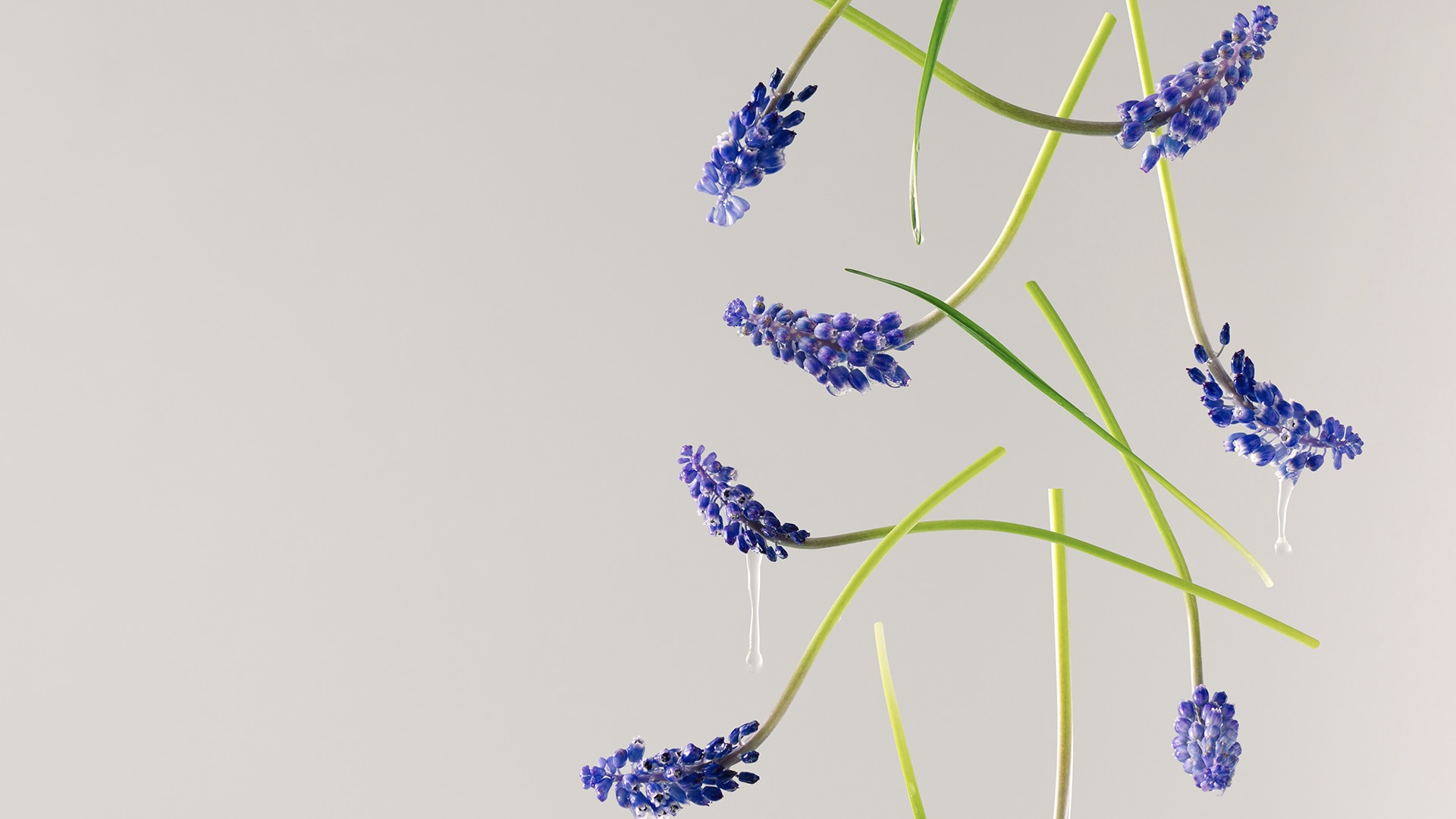
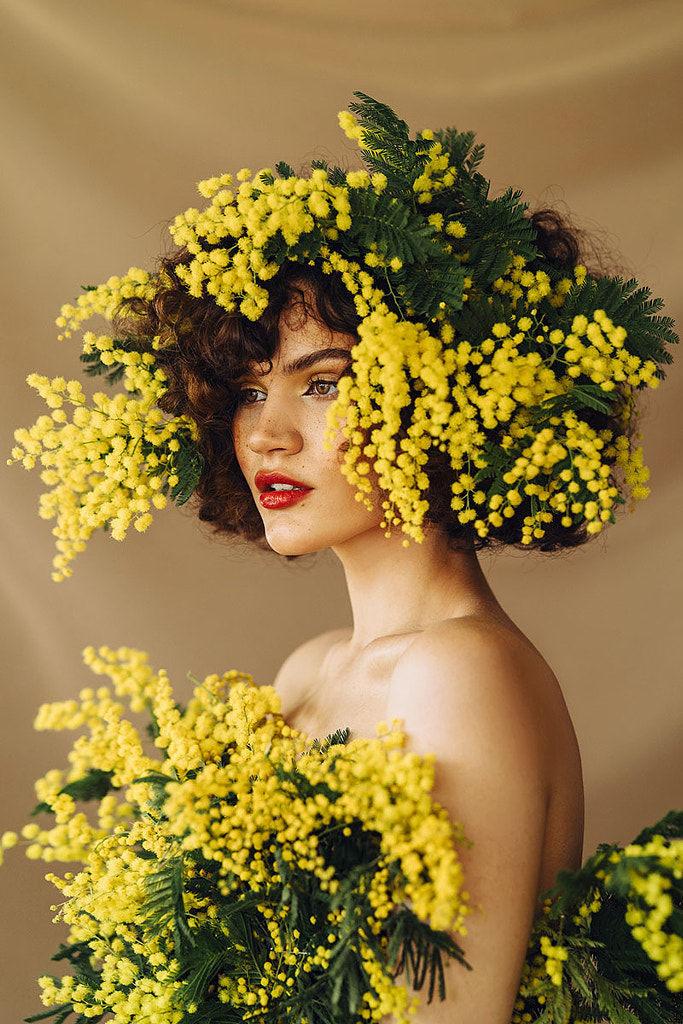
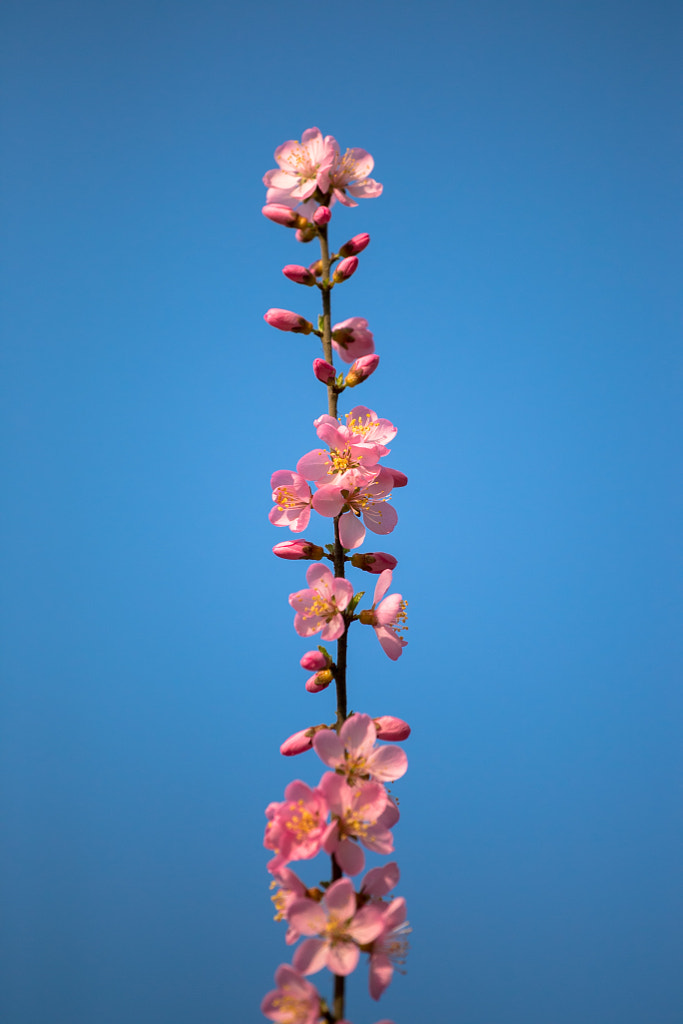
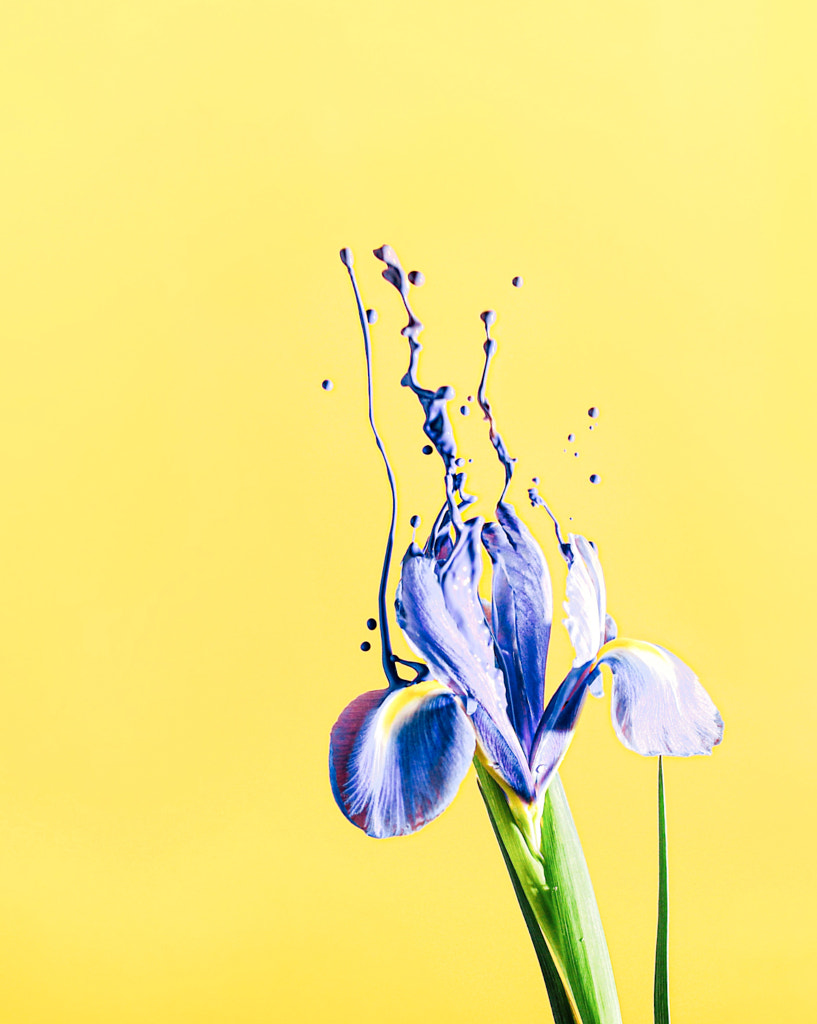

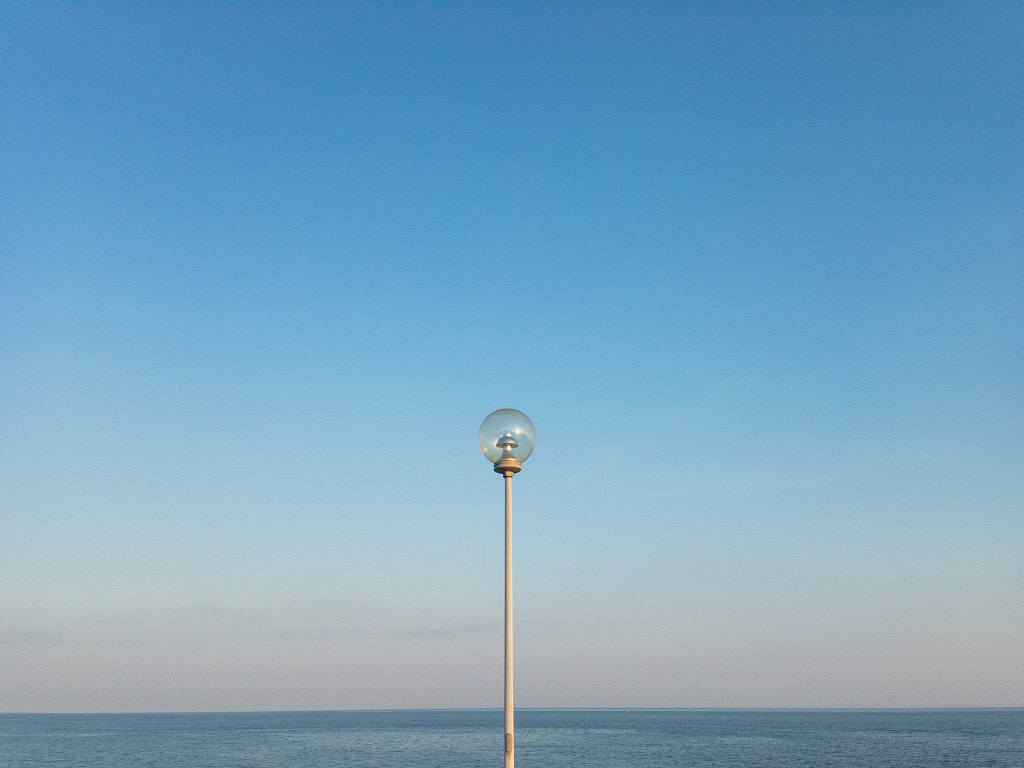
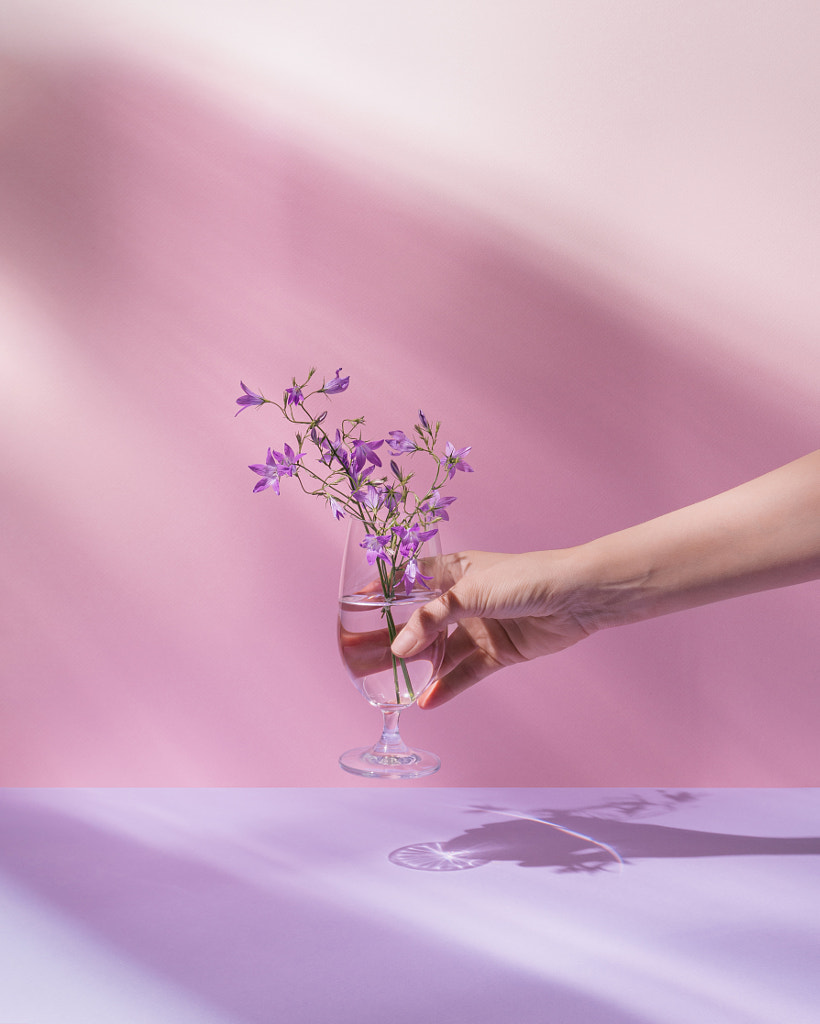
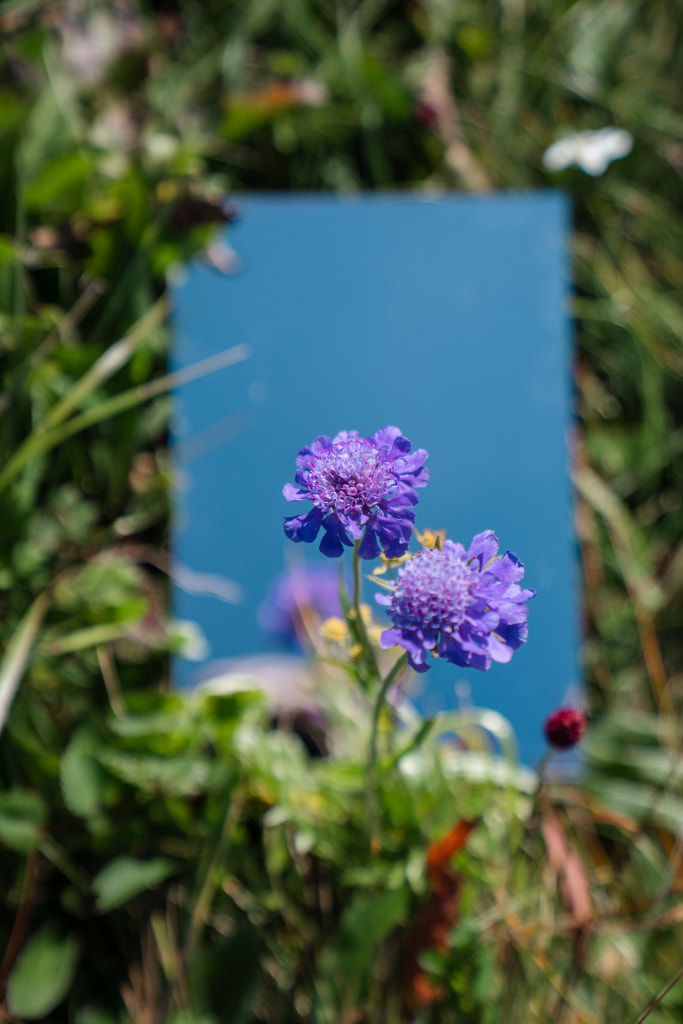

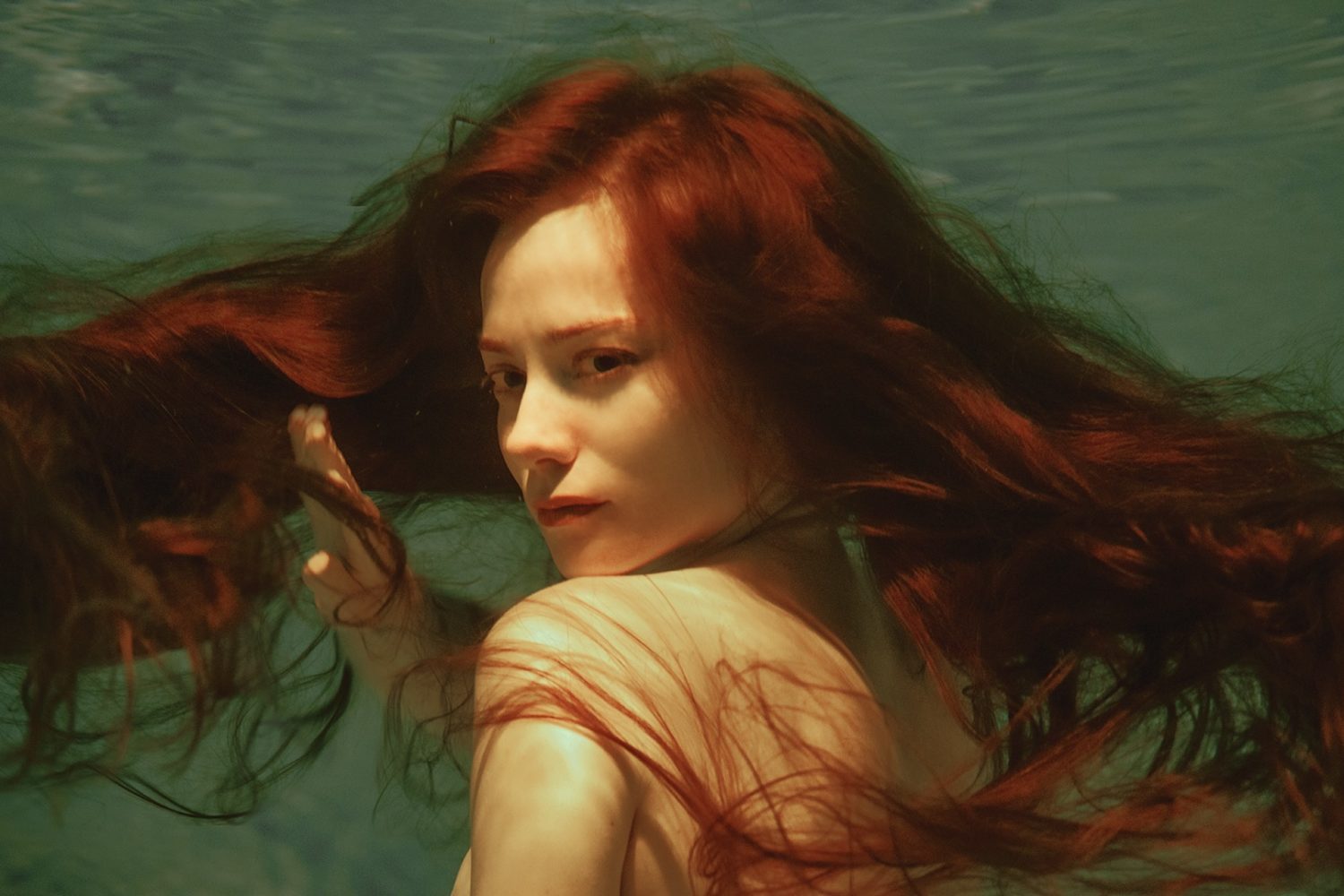

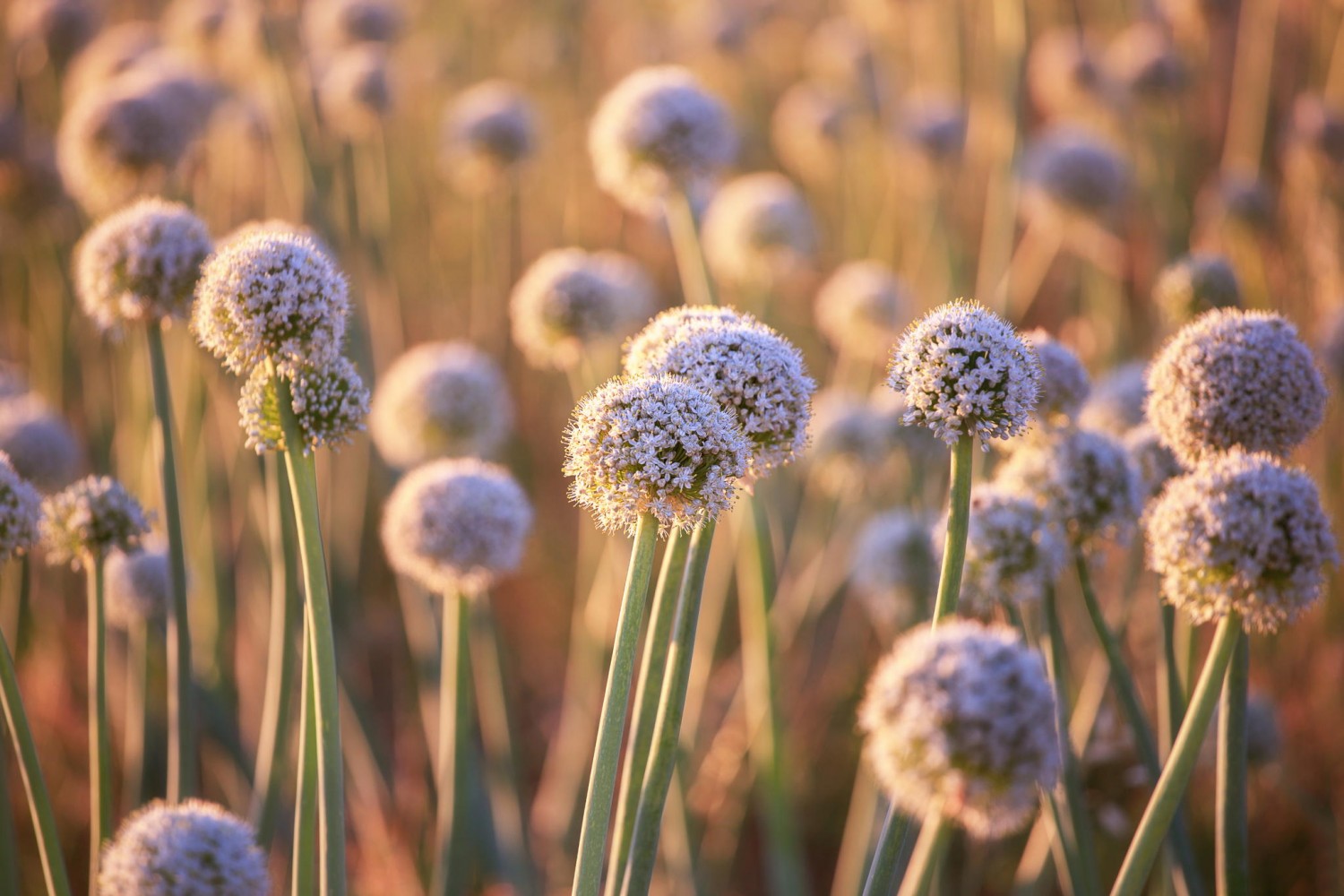
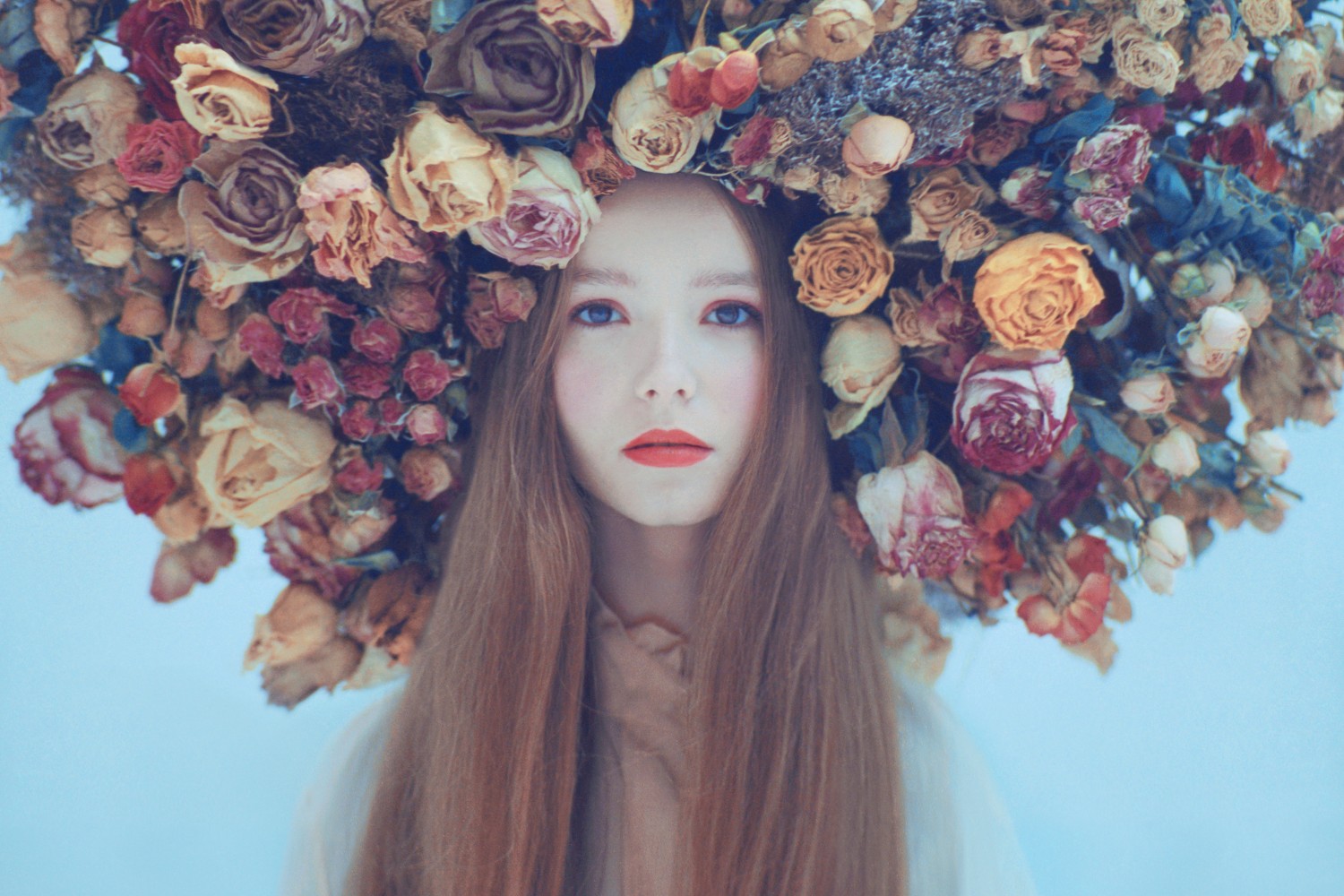
Leave a reply